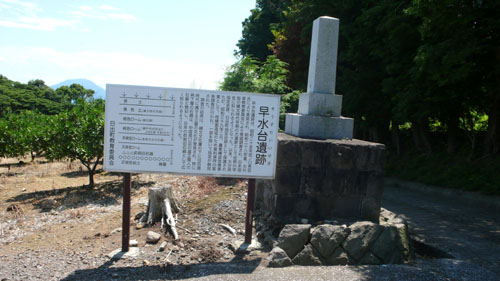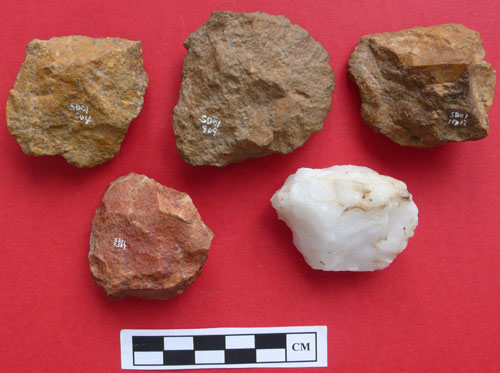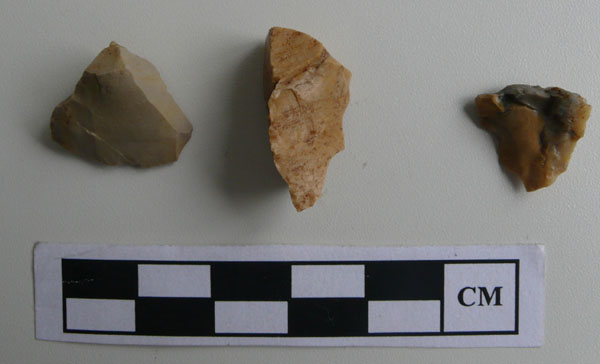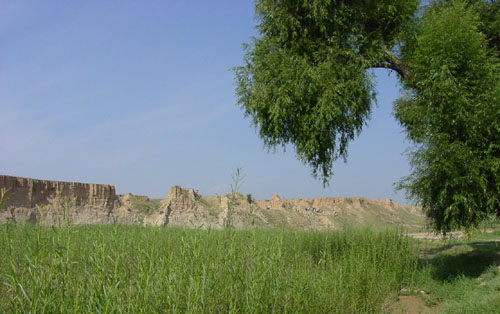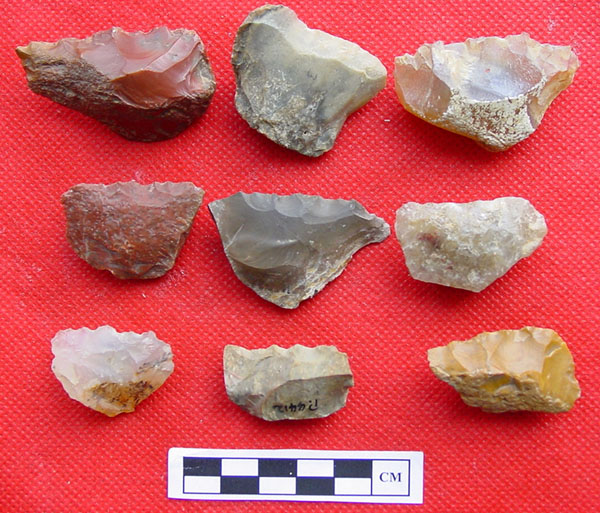| Location: Home > Research > Research Progress |
| Study shows Paleolithic culture in Japan may originate from North China |
|
Comparative study on Paleolithic industries of Sozudai site in Japan and Xujiayao site in China by Professor LI Chaorong, Institute of Vertebrate Paleontology and Paleoanthropology of Chinese Academy of Sciences, shows that the Paleolithic culture in Japan may originate from North China, as reported in the 9th issue of Bulletin of the Tohoku University Museum, 2010 . The Sozudai paleolithic site is an important Paleolithic site in Japan. It was first discovered by Professor Chosuke Serizawa in the spring of 1964. Re-excavations of the Sozudai site were carried out t in 2001 and 2002. Professor LI Chaorong observed and studied most specimens of the Sozudai site during his visit to Japan in 2008, and identified two more types of stone artifacts- manuport and chunk, after the classification work by Japanese Professors Chosuke Serizawa and Toshio Yanagida. The alternant percussion of direct hard hammer percussion is one important feature at the Sozudai site. Most raw material of stone antifact was made of quartz rhyolite and quartz vein. Direct hammer flaking and bipolar flaking were main techniques, and anvil flaking was employed occasionally. Stone tools such as scrapers, points, choppers, chopping-tools, proto-handaxes, burins, notches and awls, were identified at the the Sozudai site. Tool blank are predominantly flakes. Most tools were crudely trimmed by hard hammer percussion, and some tools were crudely trimmed by the alternant percussion. The majority of retouch occurred on dorsal and ventral of the blanks and alternant retouch. “The form and technique of assemblage at the Sozudai site are similar to those at the Xujiayao paleolithic site in North China”, said LI, “The indirect percussion may come from the bipolar technique, and the bifacial retouch may originate from the alternant percussion of direct hard hammer percussion.”
Fig.1: Sozudai Paleolithic site in Japan (Courtesy of Prof. Li)
Fig.2: The discoid scrapers unearthed from Sozudai Paleolithic site (Courtesy of Prof. Li)
Fig.3: The flakes unearthed from Sozudai Paleolithic site (Courtesy of Prof. Li)
Fig.4: Xujiayao Paleolithic site in China (Courtesy of Prof. Li)
Fig.5: The straight-edged scrapers unearthed from Xujiayao Paleolithic site (Courtesy of Prof. Li)
Fig.6: The thumbnail-shaped tools unearthed from Xujiayao Paleolithic site (Courtesy of Prof. Li) |
